List of Yellow Gemstones
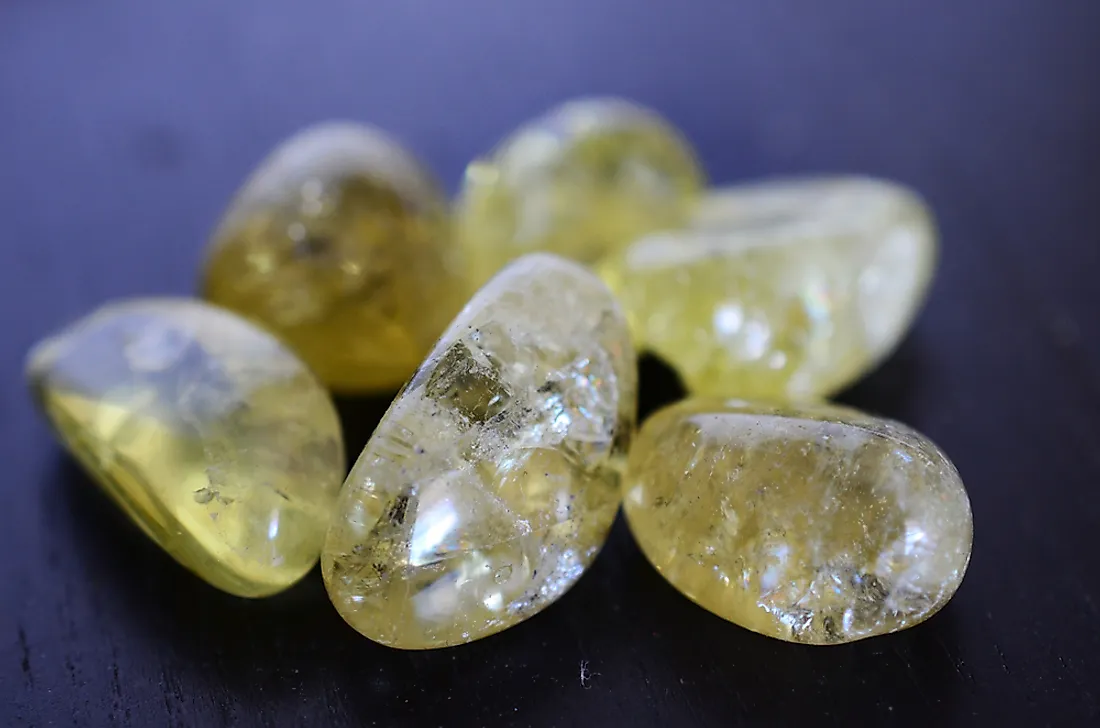
Gemologists assess the color of gemstones by considering saturation, hue, and tone. The primary hue for yellow gemstones should be yellow. Pure yellow gems are the most valuable, but those with secondary shades of green-brown or orange can still be considered yellow gemstones. The following are some popular yellow gemstones.
7. Citrine
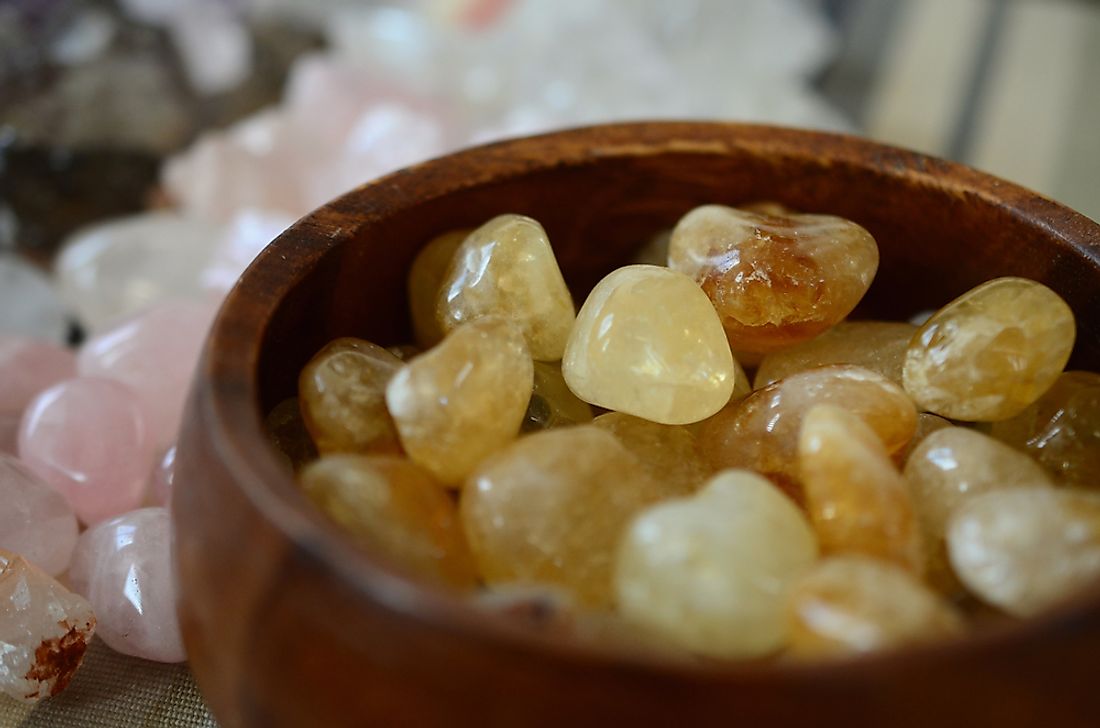
Citrine is a popular yellow gemstone. It is named after citron, a French word for lemon. It has a yellow-orange or yellow-brown hue that suits any jewelry wardrobe. Citrine is a tough gemstone and can be worn every day. The gem is a form of quartz and is therefore abundant and inexpensive. Naturally occurring hues are hard to come by, and heating to induce the yellow color is common. It is a popular mineral among crystal healers since it symbolizes contentment and happiness.
6. Simpsonite
Simpsonite is a tantate gemstone named in honor of Australian government mineralogist, Edward Simpson. It is found in hues of yellow-orange, yellow-brown, yellow-grey. Simpsonite occurs as single crystals in Ta-rich granite pegmatites. It is mined in Brazil, Australia, Canada, and the Democratic Republic of Congo.
5. Yellow diamond
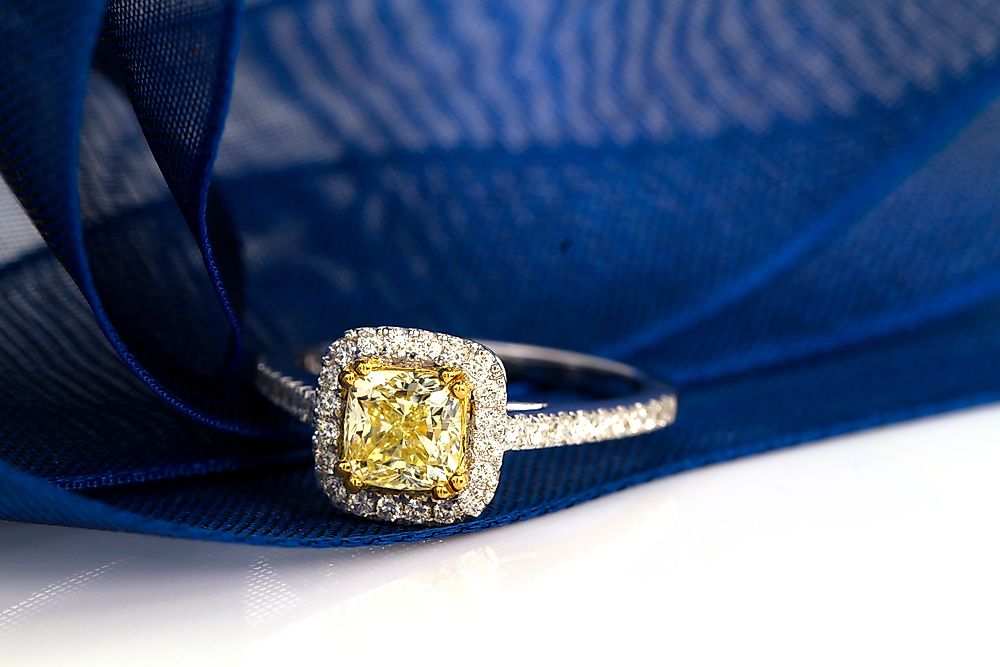
Most people think of diamond as a colorless mineral, but gem experts believe that yellow is the proper color of diamonds. Yellow diamonds are expensive because of their rarity and high demand. The yellow color is caused by nitrogen in carbon crystals. Naturally occurring yellow diamonds are costly, but the yellow hue can be induced by exposing the gemstone to high temperature and pressure.
4. Golden Beryl
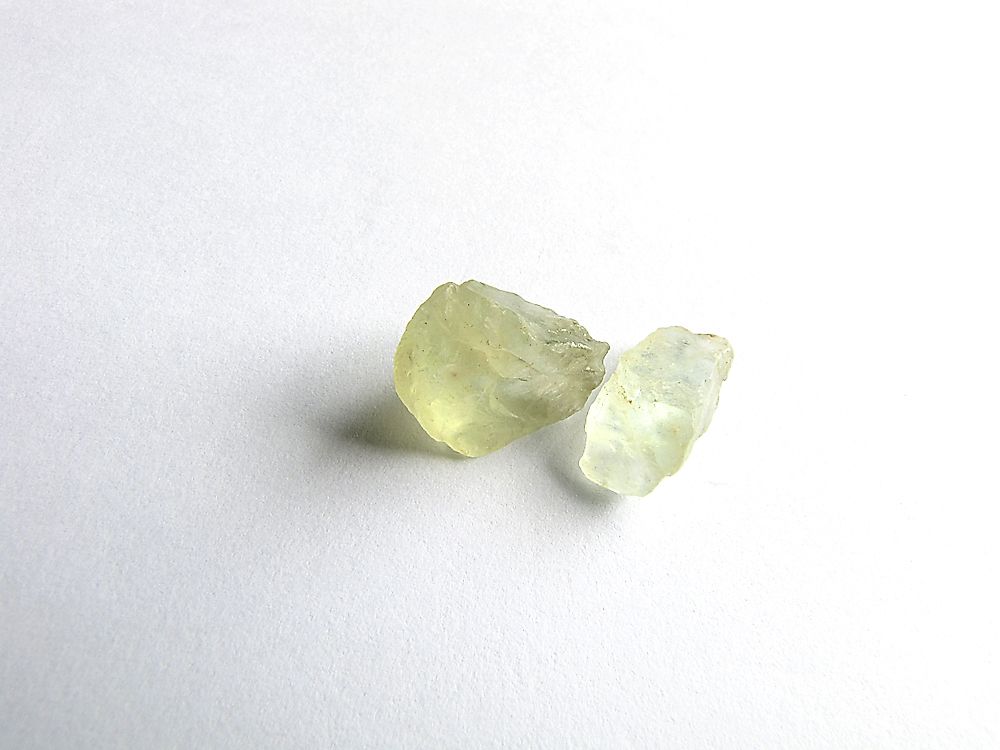
The golden or yellow beryl is also known as heliodor, a Greek translation of "gift from the sun". It is the least popular of the beryl gemstones, which also includes emerald, aquamarine, and morganite. The yellow beryl is less expensive compared to the others though it is made of the same material. It is a transparent mineral despite the shade of yellow. Beryls undergo radiation to enhance color and are cut uniquely to maximize pristine clarity.
3. Yellow sapphire
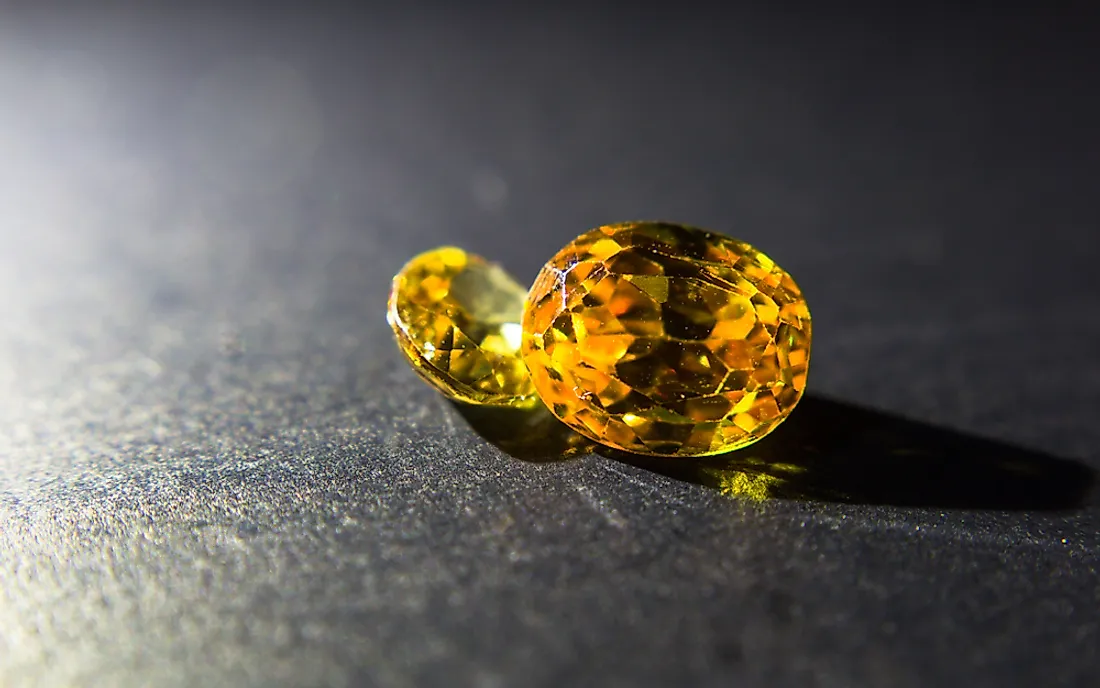
Most sapphires are vivid blue minerals, and not many people have encountered a yellow sapphire. The yellow sapphire is a hard mineral that ranks only second to diamond on the Mohs scale. It is tough and resistant to chipping and breakage. The yellow hue is not its natural color but a consequence of iron impurities. The more iron there is, the more intense the yellow hue. Yellow sapphires are less expensive compared to diamonds, but regular cleaning is required to prevent the stone from getting cloudy.
2. Agate
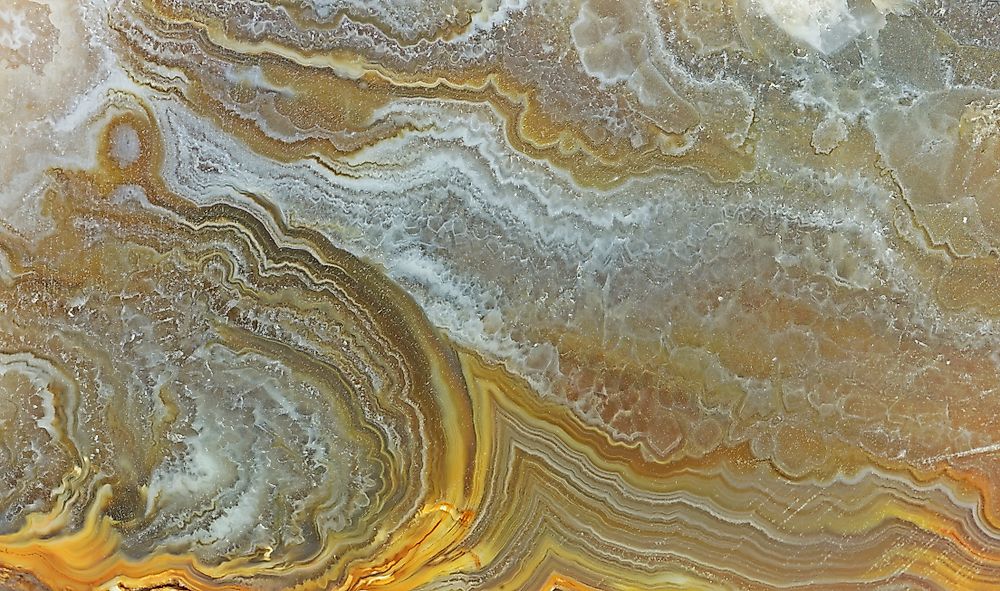
Agate is a variety of microcrystalline quartz. It is a semi-precious translucent gemstone that is formed when silica from underground water form cavities of ingenious rocks. Agates are found in a wide variety of colors, including black, pink, grey, red, white, and yellow. The color of the gemstone depends on the imposition of groundwater. Agates have served as gemstones for hundreds of years. They are cut into small sculptures, beads, and cabochons and used as earrings, rings, and pendants.
1. Zircon
Zircon is a member of the nesosilicates family of minerals. Its name is derived from zargun, a Persian translation of gold color. Zircon is found in a wide range of yellowish color from dark golden brown hue to canary yellow. The mineral is famous for its brilliant sparkle that resembles a diamond though it is much softer. It is brittle and can easily chirp or break when exposed to rough wear and hard knocks. It is commonly confused with cubic zirconia, which is a cheaper simulant of diamond.











